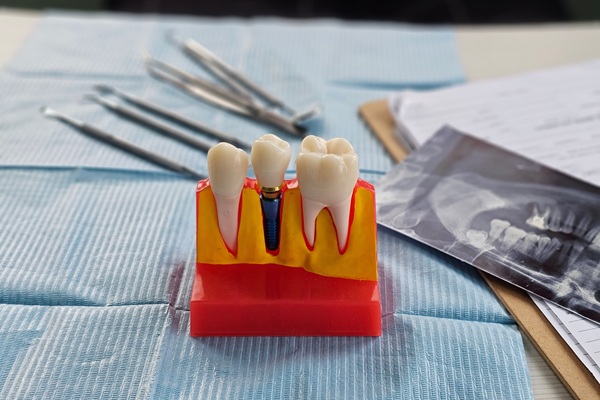Tooth Pain Relief Through Root Canal Therapy: What To Expect

Tooth pain relief is often necessary when decay, infection, or trauma affects the inner structure of a tooth. In many cases, root canal therapy is the most effective way to eliminate pain, save the natural tooth, and prevent further complications. This procedure removes infected or damaged pulp, cleans the root canals, and seals the tooth to restore function and comfort.
Why root canal therapy is necessary
The inner portion of a tooth contains pulp, which consists of nerves, blood vessels, and connective tissue. When this tissue becomes inflamed or infected due to deep decay, cracks, or repeated dental procedures, it can cause severe pain, sensitivity, and swelling. If left untreated, the infection can spread, leading to abscess formation and potential tooth loss.
Root canal therapy provides a solution by eliminating the infection and preserving the tooth structure. Unlike extraction, which requires replacement options such as implants or bridges, a root canal allows the natural tooth to remain intact while restoring normal chewing function.
Signs that a root canal may be needed
Several symptoms indicate the need for root canal therapy, including:
- Persistent tooth pain. Discomfort that lingers even after eating or drinking.
- Sensitivity to hot and cold. Lingering pain after exposure to temperature changes.
- Swelling or tenderness. Gum inflammation near the affected tooth.
- Darkening of the tooth. Discoloration due to nerve damage.
- Gum abscess or pus. Signs of infection requiring immediate treatment.
A dental evaluation, including X-rays, confirms whether a root canal is necessary.
What happens during the procedure
A root canal is a multi-step process performed under local anesthesia to ensure comfort. The procedure typically follows these steps:
- Accessing the pulp. A small opening is made to reach the infected tissue.
- Removing infected material. Damaged pulp is extracted, and the canals are thoroughly cleaned.
- Shaping and disinfecting. The root canals are shaped and disinfected to eliminate bacteria.
- Filling and sealing. A biocompatible material is placed to prevent reinfection.
- Final restoration. A dental crown or filling restores the tooth’s strength and function.
The entire procedure is typically completed in one or two visits, depending on the severity of the infection.
Recovery and aftercare
Most individuals experience mild soreness following a root canal, which is manageable with over-the-counter pain relievers. It is important to follow post-procedure guidelines, including avoiding hard foods and maintaining good oral hygiene. A follow-up visit ensures proper healing, while a permanent restoration protects the tooth from future damage.
Get the treatment you need today
Root canal therapy provides lasting relief from tooth pain by eliminating infection and preserving the natural tooth. By restoring function and preventing further damage, this procedure allows individuals to chew comfortably without sensitivity. Sealing the treated canals also helps protect against reinfection, ensuring long-term oral health. With proper care and regular dental checkups, a tooth that has undergone root canal therapy can remain strong and functional for a lifetime. For more information, schedule a consultation at Sheats Endodontic Group.
To schedule a consultation, request an appointment on our website at https://www.sheats-endo.com or call Sheats Endodontic Group at (615) 526-2495 for an appointment in our Nashville office.
Recent Posts
When a root canal fails, a root canal retreatment must happen. Getting a root canal treatment is better than a dental extraction. If an endodontist sees that your tooth still has good bone support and healthy gums under or around it, a root canal can save the tooth. A root canal is a less expensive…
Tooth pain and dental trauma can be distressing and require immediate attention to prevent further damage and alleviate discomfort. An emergency endodontist specializes in diagnosing and treating severe tooth pain and trauma, offering expert care to save a tooth, relieve pain, and protect long-term oral health. When sudden tooth pain or injury strikes, seeking help…
A root canal cleans out infection from the interior of a tooth, but dentists will attempt other options, such as dental fillings, when possible. Therefore, it can be hard for patients to know when they may need a root canal or whether a problem can be solved in another way. The signs that you may…
When you have an infected or severely damaged tooth, a tooth extraction may seem the only option. However, endodontic therapy offers an alternative. It allows you to save your natural tooth and preserve your smile, avoiding the need for future tooth replacement. This procedure, commonly known as a root canal, is designed to remove infection,…


